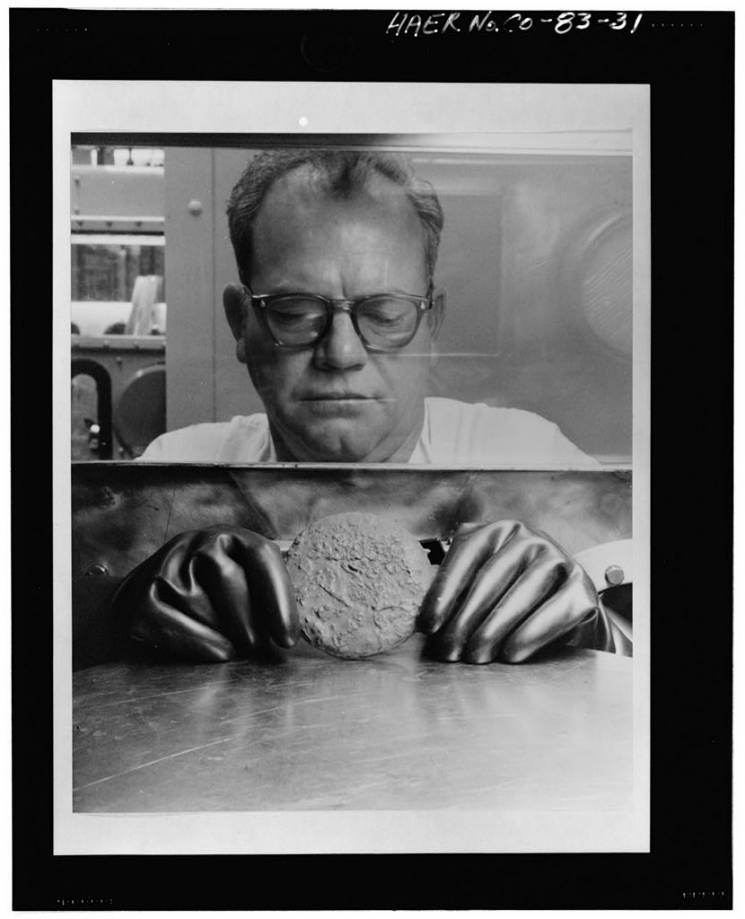A Tale of Environmental Neglect
In the outskirts of Denver, Colorado, lies a shadow of a once-active nuclear weapons parts manufacturing complex, Rocky Flats. Once a bustling hub of nuclear activity, it now stands as a testament to the environmental perils of unchecked industrial practices. Recent revelations of plutonium contamination near Rocky Flats have reignited concerns about the legacy of nuclear waste and its potential threat to public health.
The saga began with an FBI raid led by Agent Jon Lipsky that shuttered the plant, prompting the hasty disposal of hundreds of thousands of barrels, cardboard boxes, and wooden crates laden with plutonium-contaminated waste.
Authorities shipped the waste to Idaho, where it found a resting place in unlined pits and trenches before 1970, and later on an above-ground asphalt pad covered with dirt.
However, the repercussions of this reckless disposal strategy are now coming to light. Early on, the Snake River Alliance sounded the alarm over the threat that the radioactive waste posed to Idaho’s drinking water. In Colorado, despite objections from concerned groups like the Rocky Mountain Peace and Justice Center, plans to transform the area surrounding the defunct weapons plant into a recreational space were greenlit, dismissing the health risks.
Fast forward to the present, and the grim reality of those risks has become painfully evident. Recent windstorms on April 6 unleashed a chilling reminder of the dangers lurking beneath the soil. Chemist and Professor Michael Ketterer, alongside retired FBI agent Jon Lipsky, deployed air filters in the vicinity. Their findings were alarming – they detected plutonium in all six samples collected from two locations along Indiana Street.
Dr. Ketterer, in an article from the Arvada Press, emphasized the precarious nature of the situation.

From left to right: Giselle Herzfeld (ally with Rocky Mountain Peace and Justice Center), Dr. Michael Ketterer, and Jon Lipsky.
“Undisturbed soil is pretty well protected against wind erosion, but once people and animals start walking on the development, then the erodibility, if you will, of the soil surface, is going to greatly increase,” Ketterer said. The implication is clear: human activity could exacerbate the spread of contaminated soil, posing a grave risk to neighboring properties and potentially endangering the health of unsuspecting residents.
The recent events near Rocky Flats serve as a poignant reminder of the enduring consequences of environmental negligence. It’s a cautionary tale that underscores the importance of responsible waste management practices and the need for vigilant oversight in safeguarding public health and the environment. As communities grapple with the fallout of past mistakes, the imperative to learn from these lessons and forge a path toward a cleaner, safer future has never been more urgent.

